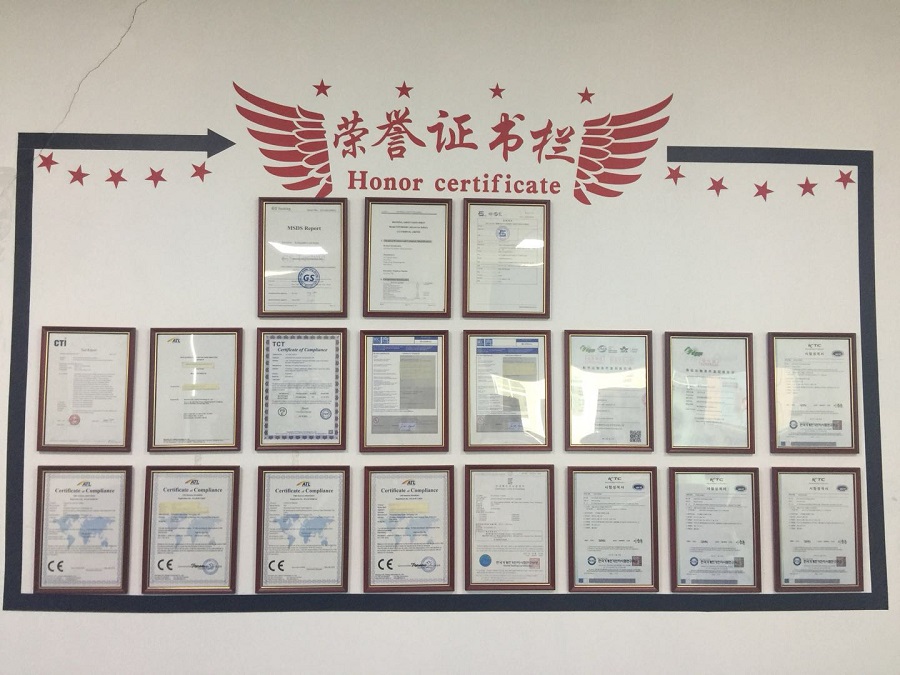(1). What is the IEC standard? What are the common standards for the battery?

IEC International Electrical Commission (International Electrical Commission), is a worldwide standardization organization composed of national electrician committee, the purpose is to promote the standardization in the field of electrician and electronic in the world, among them the standard about nickel-cadmium battery is IEC285, The standard is IEC61436, IEC standard lithium-ion battery, the general battery industry is based on SANYO or Panasonic standards.
Common IEC standards for batteries are: nickel-cadmium batteries for the standard IEC602851999; nickel-metal hydride batteries for the IEC614361998.1; lithium battery standards IEC619602000.11.
Common national standards for batteries are: nickel-cadmium batteries for the standard GB / T11013-1996GB / T18289-2000; nickel-metal hydride batteries for the standard GB / T15100-1994GB / T18288-2000;
The standard lithium battery is GB / T10077-1998YD / T998-1999, GB / T18287-2000.
In addition the battery standard commonly used in Japan's industry standard JIS C standard on the battery and SANYOPANASONIC companies on the battery business standards.
(2). What is the IEC standard cycle life test
IEC standard nickel-cadmium and nickel-metal hydride batteries standard cycle life test:
Battery to 0.2C to 1.0V / support after
1. Charging at 0.1C for 16 hours and then at 0.2C for 2 hours and 30 minutes (one cycle).
2. Charge at 0.25C for 3 hours and 10 minutes and discharge at 0.25C for 2 hours and 20 minutes (2-48 cycles).
3. 0.25C charge 3 hours and 10 minutes to 0.25C to 1.0V (49th cycle)
4. 0.1C charge 16 hours, set aside 1 hour, 0.2C discharge to 1.0V (50 cycles), the nickel-metal hydride batteries 1-4 repeat 400 cycles, the 0.2C discharge time should be greater than 3 hours; nickel Batteries repeat 1-4 a total of 500 cycles, the 0.2C discharge time should be greater than 3 hours.
IEC standard lithium battery cycle life test:
Battery to 0.2C to 3.0V / branch, 1C constant current and constant voltage charge to 4.2V, cut-off current 20MA, set aside for 1 hour, then 0.2C discharge to 3.0V (one cycle) after repeated cycles of 500 times capacity In the initial capacity of more than 60%.


